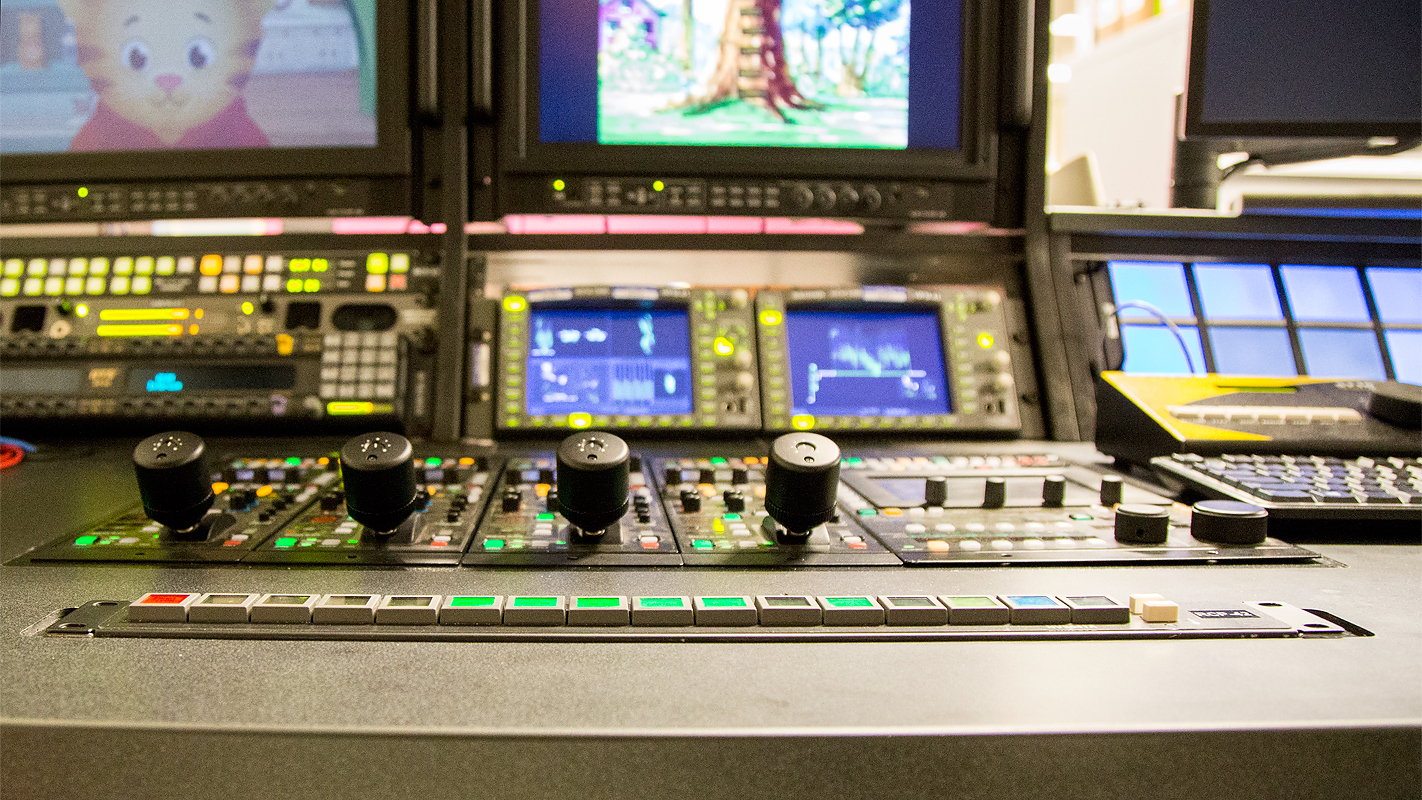The PBS Hawaiʻi Livestream is now available!
PBS Hawaiʻi Live TVWe’ll get there. Resilience is in our DNA
 The people of Hawai‘i bought us a $30 million new home. You provided us a forward-looking physical plant and the stability of property ownership.
The people of Hawai‘i bought us a $30 million new home. You provided us a forward-looking physical plant and the stability of property ownership.
And, of course, you now expect us to “bring it” with more and more quality content and higher and higher production values. That’s our expectation, too!
The last thing you want to see is reduced picture quality on shows that you love.
Understood. And yet, you may have experienced intermittent pixelation (that’s when individual pixels in a digitized image stand out) and sporadic, brief audio disruptions, all since PBS Hawai‘i moved into our new home with major, new technology systems.
First, I want to apologize to you for the blemishes in your viewing experience. Second, I’d like to explain. Third, I want you to know we have been working constantly, and repeatedly seeking help from network specialists, to eliminate the problems. And fourth, we have reason to believe that a solution is imminent.
As I write this, Level 3 Communications is arranging for a larger dedicated fiber circuit to transport our content. Level 3’s service to this local public television station repeatedly fell through the cracks following the telecom giant’s $5.7 billion acquisition of our previous provider, TW Telecom. We experienced critical delays as Level 3 worked to integrate TW Telecom into its fold and laid off staff. Level 3’s challenges in absorbing TW persisted as PBS Hawai‘i relocated to our new building and launched a long-planned transformation of our engineering model.
Our new model is something we’re excited about, because it allows us to spend less money to distribute our programming on today’s multiple media platforms – and frees up more resources for quality content. Our new systems rely upon dedicated access to an undersea, overland fiber optic network that runs through a Joint Master Control Center, called Centralcast, in Syracuse, New York. We’re creating programming expressly for Hawai‘i while sharing “back-office” tech costs with our PBS nonprofit peers.
Using this data highway shouldn’t have presented roadblocks in the Age of Fiber, but timing is everything: Our contracted fiber provider, TW Telecom, found itself going through a wrenching ownership transition. We sense that the layoffs may have resulted in a loss of institutional knowledge about projects already underway. For three months since our move to our new building, we experienced new owner Level 3’s lack of communication and responsiveness while our picture and audio quality suffered.
“This wasn’t managed properly. I don’t know why – we know how to do this. We’ll take care of it,” Level 3’s new Hawai‘i sales director Anthony Compiseno assured us when we met for the first time on August 8. He told us that we’d been assigned an unsuitable network setting – and arranged to test higher bandwidth capability (300mb or megabits per second, versus 200mb on our existing pipe), with a “pseudowire” enhancement to protect our broadcasting content. By the time you read this, our picture quality may already have returned.
You and other viewers have gone through this trying time of intermittent broadcast disruptions with us.
PBS Hawai‘i sends you our gratitude and aloha, for your patience and your continued faith in our programming.
We’ll get there. Resilience is in our DNA.
Mahalo piha,



